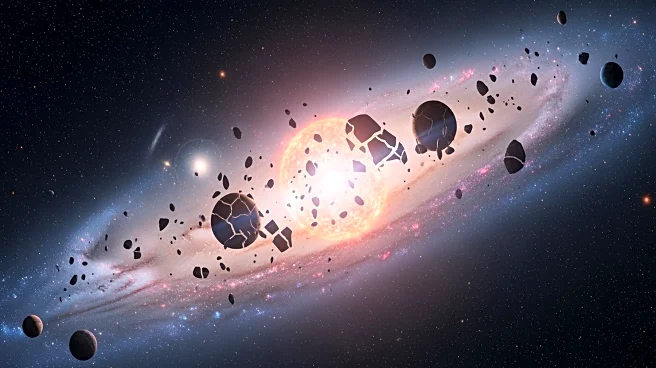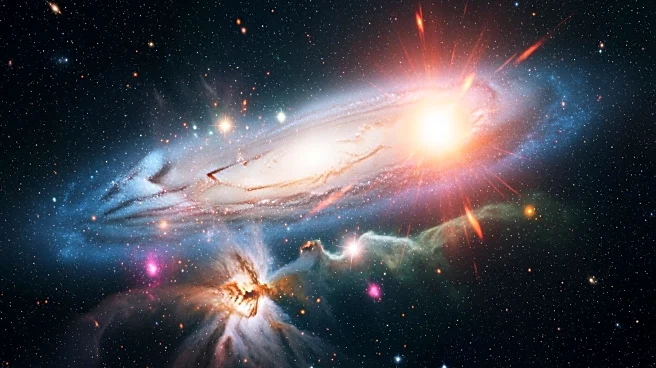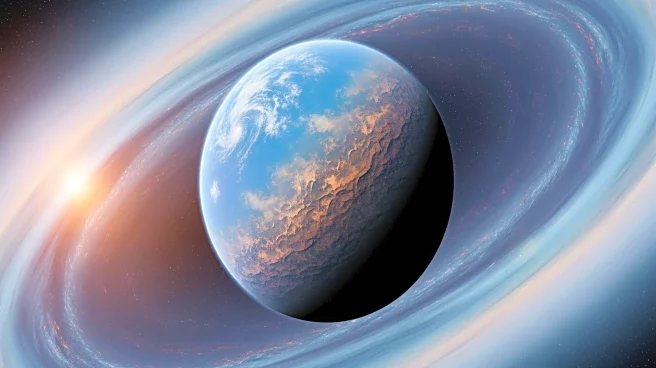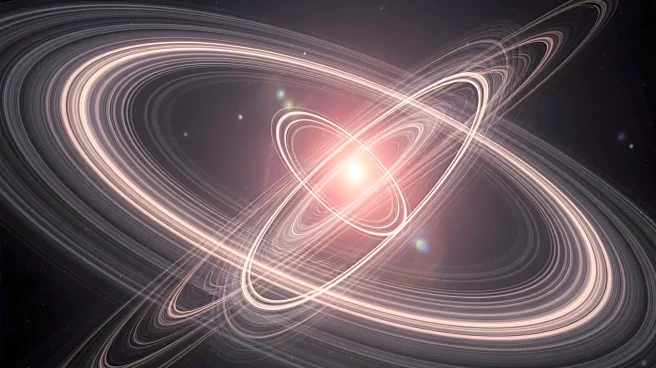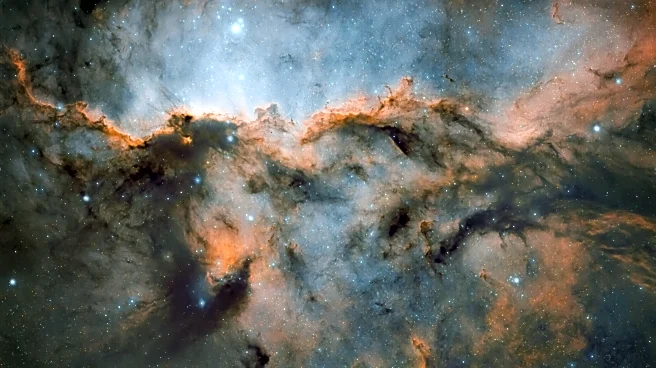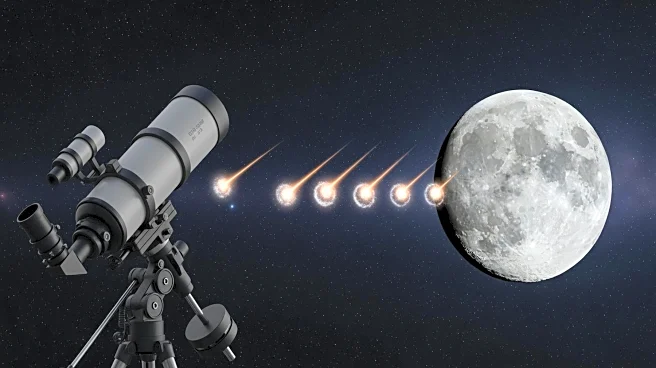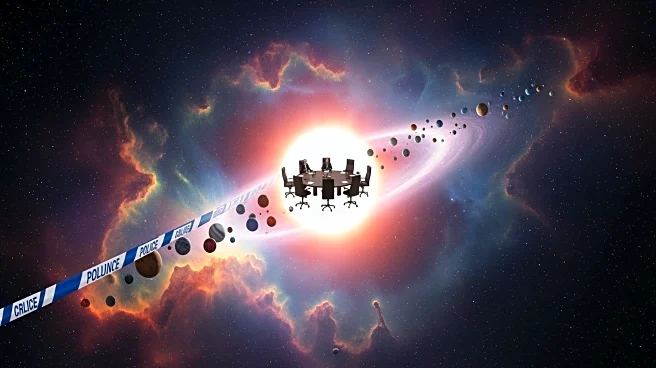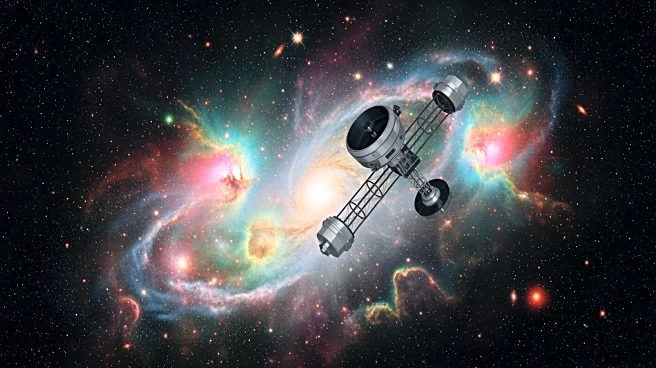What's Happening?
Astronomers using NASA's Transiting Exoplanet Survey Satellite (TESS) have discovered that aging stars in their 'red giant' phase are more destructive to their orbiting planets than previously thought.
The research team analyzed data from nearly half a million planetary systems, narrowing it down to 15,000 potential planetary signals. They identified 130 planets orbiting stars transitioning into red giants, including 33 new candidates. This study indicates that planets are less likely to survive close to a red giant star, suggesting many are destroyed during the star's transformation. Edward Bryant, a researcher from the University of Warwick, noted the efficiency of these stars in engulfing nearby planets, highlighting the gravitational interactions that lead to planetary destruction.
Why It's Important?
The findings have significant implications for understanding the future of our solar system, particularly when the sun enters its red giant phase in about 5 billion years. This transformation could potentially engulf Mercury, Venus, and possibly Earth. The study provides insights into the gravitational dynamics between stars and planets, which could affect planetary survival. While Earth might survive the sun's expansion, life on the planet would likely be unsustainable. The research underscores the importance of studying stellar evolution to predict the fate of planets in other systems, which could inform future space exploration and the search for habitable worlds.
What's Next?
Researchers plan to gather more data to understand why some planets are destroyed while others survive the red giant phase. This involves determining the masses of these planets to better comprehend the mechanisms behind their destruction. The ongoing study aims to refine predictions about Earth's fate and the survival of other planets in similar systems. Further exploration could lead to advancements in astrophysics and enhance our understanding of planetary dynamics in evolving star systems.
Beyond the Headlines
The study raises ethical and philosophical questions about the long-term survival of life in the universe. As stars evolve and potentially destroy their planets, the search for habitable worlds becomes more urgent. This research could influence future space missions and the development of technologies to explore distant exoplanets. Understanding stellar evolution also contributes to broader scientific knowledge about the universe's lifecycle and the potential for life beyond Earth.
